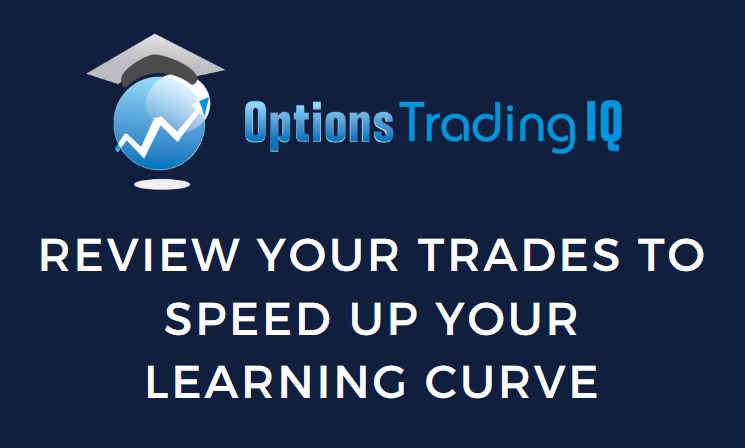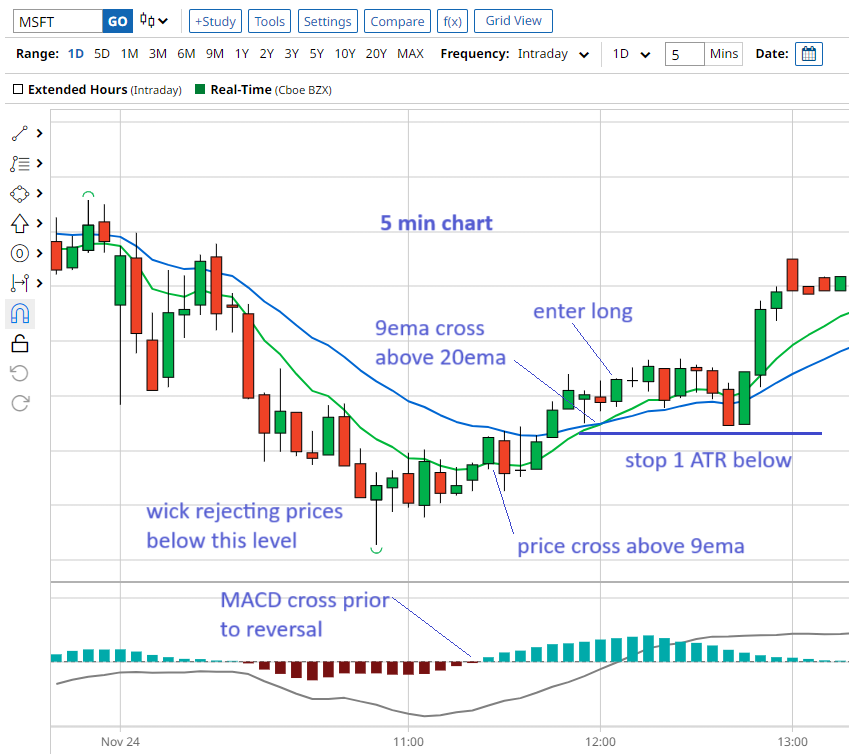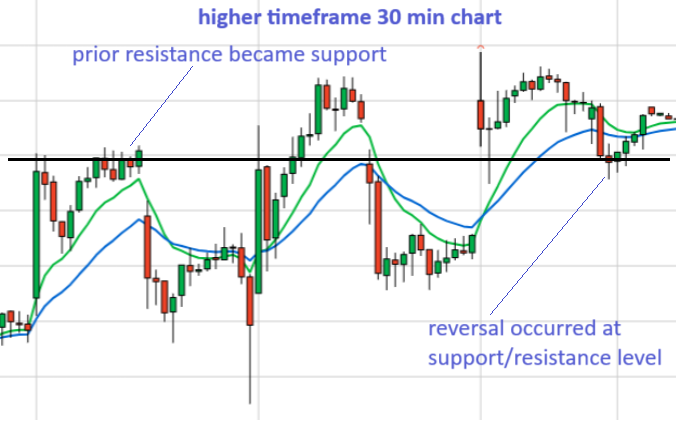

Contents
One of the fastest ways to grow as a trader is to log and review your trades – both the wins and the losses.
You will learn from the wins whether you got lucky or did the right thing.
If you did the right thing, the review will further imprint into your memory the chart pattern and action that you need to take to repeat those trades.
More important is what you will learn from the losses.
You need to determine if the loss was a proper or improper loss.
An improper loss is when you make a technical mistake or incorrect decision.
You might have taken a trade without all the trigger criteria being met.
You might not have adjusted when you were supposed to, or adjusted too frequently, Or did not exit the trade when you were supposed to.
Or a whole list of other reasons.
A proper loss is when you did all the right things, took the trade when you were supposed to, and the loss was within expected limits.
This happens; it is a normal part of trading to have proper losses, as long as you do not have too many of them.
By logging every trade, you can count the types of wins and losses.
There are four categories of outcomes for every trade:
- Small wins
- Small losses
- Big wins
- Big losses
You need to eliminate the last one – the big losses.
Big wins may or may not be present, depending on your particular strategy.
If you are trading different strategies, they need to be indicated so they can be separated by categories later.
For example, you may have iron condor trades, calendar trades, 0-DTE trades, equities trades, etc.
To be profitable, the dollar amount of your small wins plus big wins must be greater than the sum of your small and big losses.
Note that I said dollar amount and not the number of wins and losses.
One can have a 70% win rate and still be unprofitable, especially if one does not eliminate those big losses.
What Happens When You Lose A Trade?
Some will say, “Oh, well.” And move on.
That is good because that means that you had sized the trade appropriately and accepted the possibility of that loss before entering into the trade.
You can continue your work, maintaining rational thinking since the losing trade does not affect you emotionally.
However, it can be improved if you want to improve as a trader.
And regardless of whatever level you are currently at, everyone can still have room for improvement.
What is better is to analyze that trade to see if you have followed the trade plan and executed the trade correctly.
If you discover that there were mistakes, this becomes your learning point.
Note that in your journal.
If you are busy trading the market at the moment, record your trades and perform your analysis after-market (preferably the same day so that your memory is still fresh and accurate).
What You Can Learn From Analyzing Your Losses
Even if you found that you followed the strategy exactly and made no execution error, there are still additional things you can learn.
For example, suppose you are betting on a down move in a zero-DTE options play.
You go back to the point in time to look at the 2-minute candlesticks to check if the right decision was made.
Yes, the technicals are showing the price trending down.
It looks correct, but then you look at the one-hour candlestick chart: Oh no! The higher timeframe is showing an uptrend.
No wonder the price suddenly went up and stopped the trade-out.
Reviewing a trade can lead a trader to improve their trading plan.
In this example, they might have added an additional bullet point to check higher time frames to ensure they are also in line with the direction of the trade.
That was just one example. Many similar points can be learned if we go back and look deeper.
Okay, I’ll give you more examples – since more examples might convince you to analyze your trades.
A trader saw that most of the wins of the last 100 iron condors were from the longer-term iron condors, and the winning amount was much greater.
One hundred iron condors?
Yeah, assume that this trader has been trading for many years and recorded all those trades.
By recording all those trades and performing a statistical analysis, the trader knows which iron condors are more profitable.
By knowing which strategies are more profitable, one can do more of those and eliminate the ones doing poorly.
This directly translates to higher P&Ls.
Suppose a non-directional calendar trade failed.
Upon looking at the candlesticks, the underlying trend was trending at the moment with large candles.
Now, the trader realizes not to initiate this type of trade when the price is trending and to wait for the consolidation phase.
What You Can Learn From Analyzing Your Wins
While I believe analyzing losses is more important, it is still beneficial to analyze your wins.
Was the win due to a lucky market move?
Or was that move a statistical edge predicted by your strategy?
Did you take profit too soon?
Was money left on the table?
That is a learning point if you later see that many of your wins could have gone further and made more money if you had held them longer.
Note that in your journal.
Perhaps you might want to test what would happen if you adjusted your strategy to have a higher profit target.
If you find that you did everything perfectly and the trade worked out as planned, then reviewing the trade will imprint into your memory what a good setup looks like and how it should behave.
It makes it easier for you to spot the setup the next time.
That would be a good one to put in your memory bank.
Some traders will collect screenshots of well-executed trades into their journals, playbooks, or other electronic organizers so they can refer to them in the future.
Here is an example of a detailed analysis of a bullish directional trade on Microsoft when it made a reversal after hitting a major support/resistance zone:


Adding annotations to your screen captures is a good idea.
Have you ever seen an experienced trader able to pick and choose, more often than not, which trades to get into and which trades not to get into?
The trader may not even be able to articulate why he likes this but not the other.
This is because they have seen so many winning and losing trades that their subconscious brain has picked up on the nuanced difference between them.
This phenomenon is described in Malcolm Gladwell’s book, “Blink: The Power of Thinking without Thinking,” where he gives examples of art experts being able to quickly identify fake art even though they can not explain why they believe the piece was fake.
This illustrates how experts can develop an intuitive understanding of their field through years of experience and exposure.
How long does it take to become an expert? In his earlier book “Outliers,” Gladwell said it takes 10,000 hours.
Conclusion
Make your screen time count. Study your trades.
And perhaps you can become an expert faster than 10,000 hours.
We hope you enjoyed this article on how to review your trades.
If you have any questions, please send a message or leave a comment below.
Trade safe!
Disclaimer: The information above is for educational purposes only and should not be treated as investment advice. The strategy presented would not be suitable for investors who are not familiar with exchange traded options. Any readers interested in this strategy should do their own research and seek advice from a licensed financial adviser.










